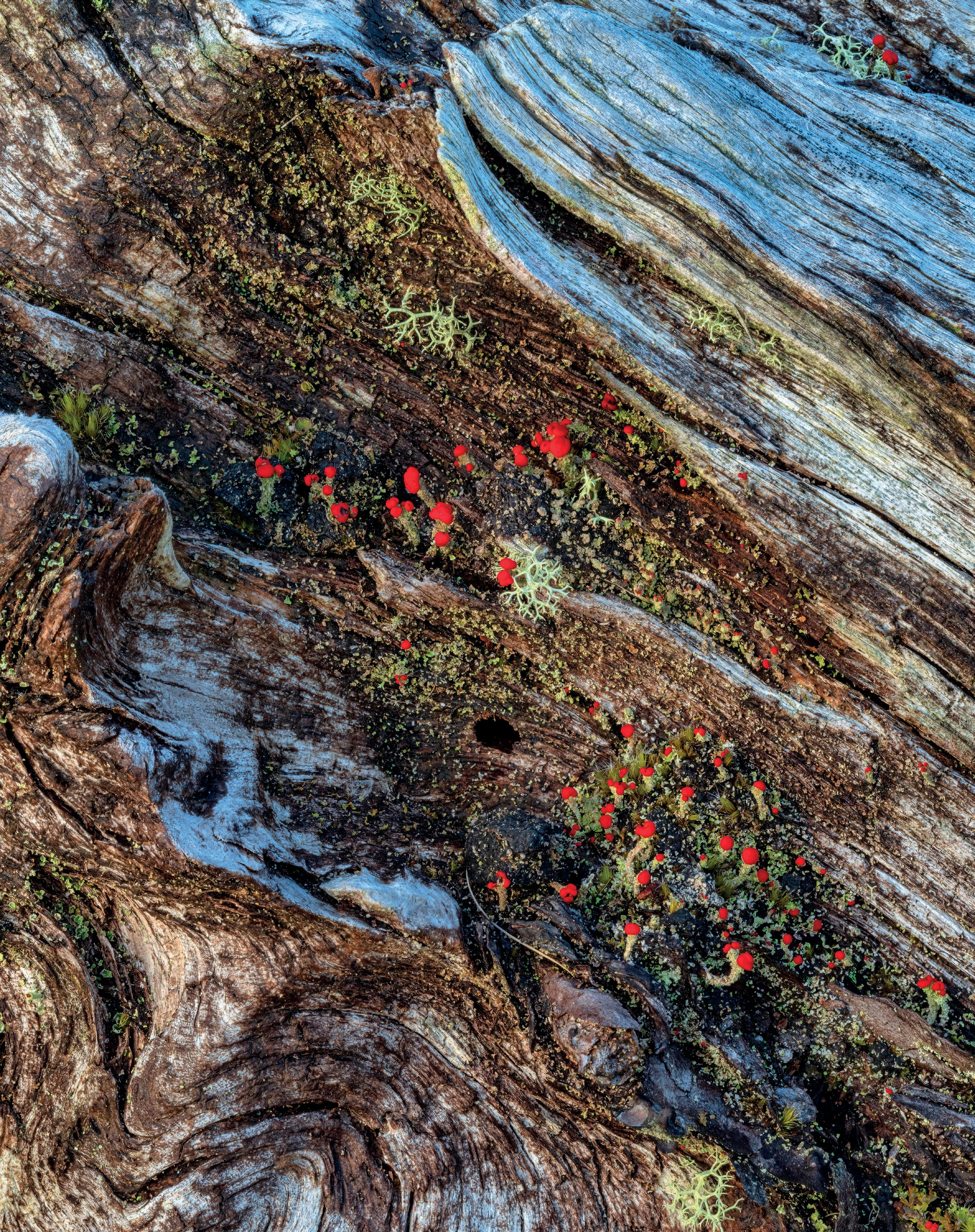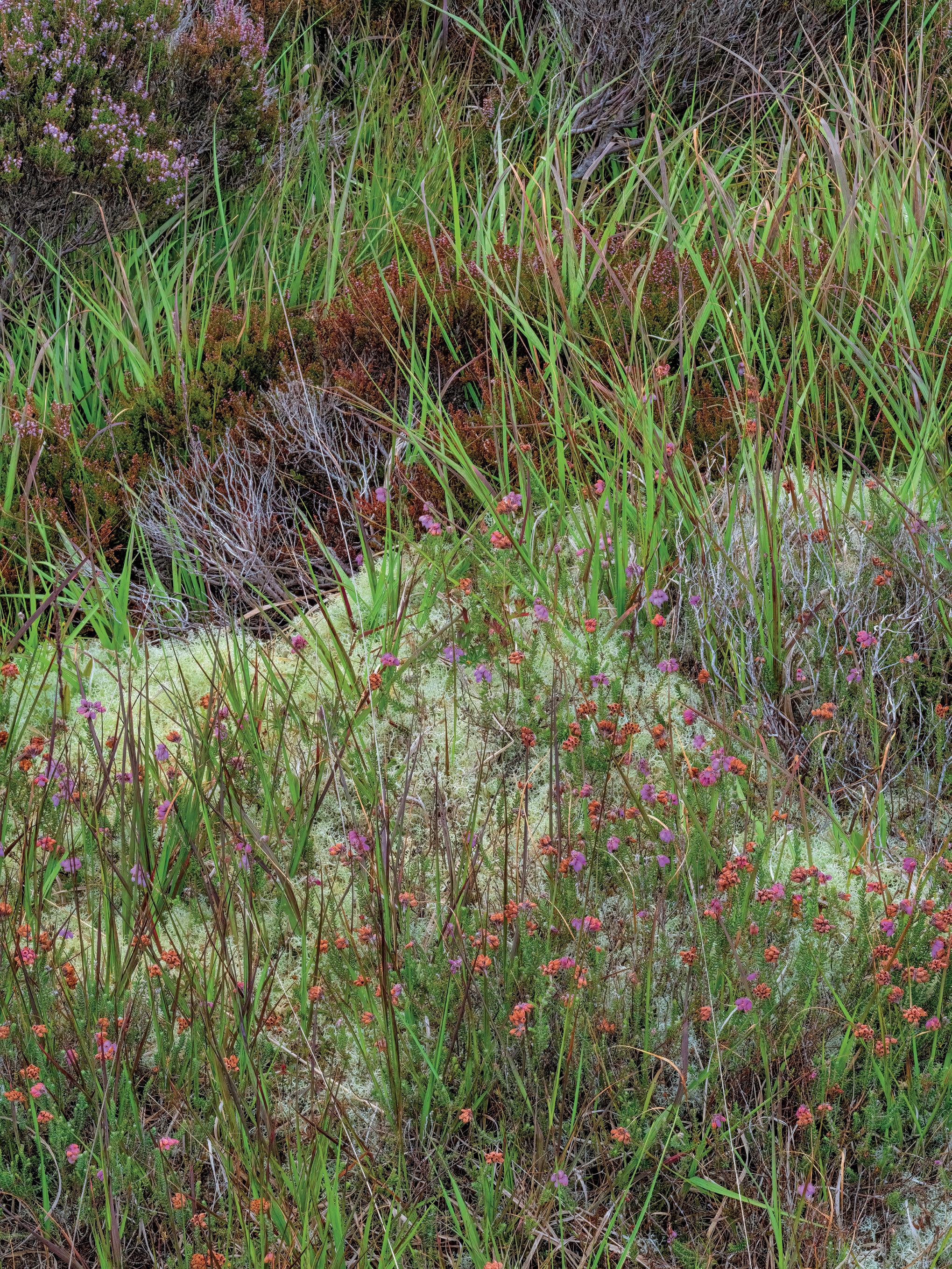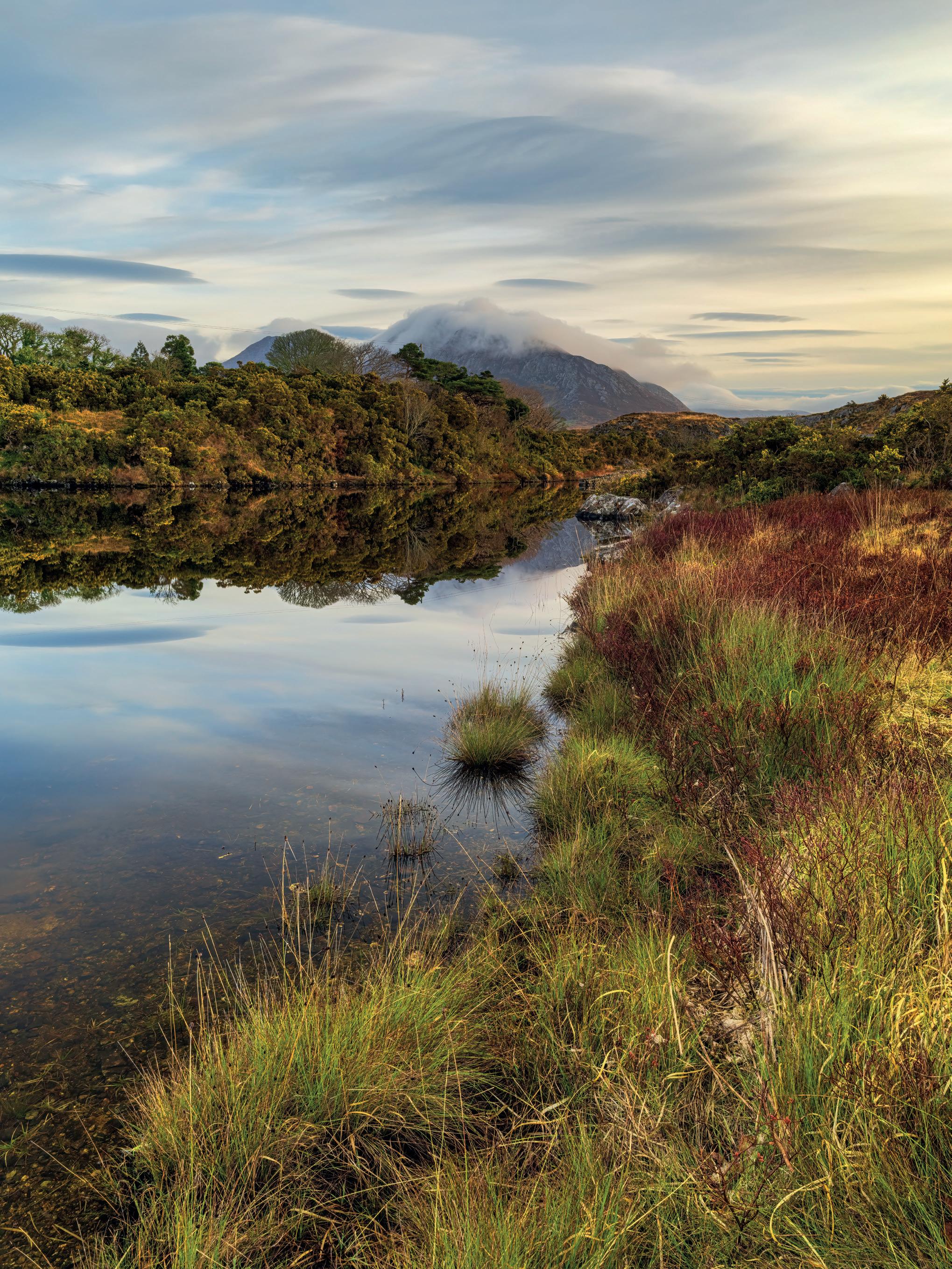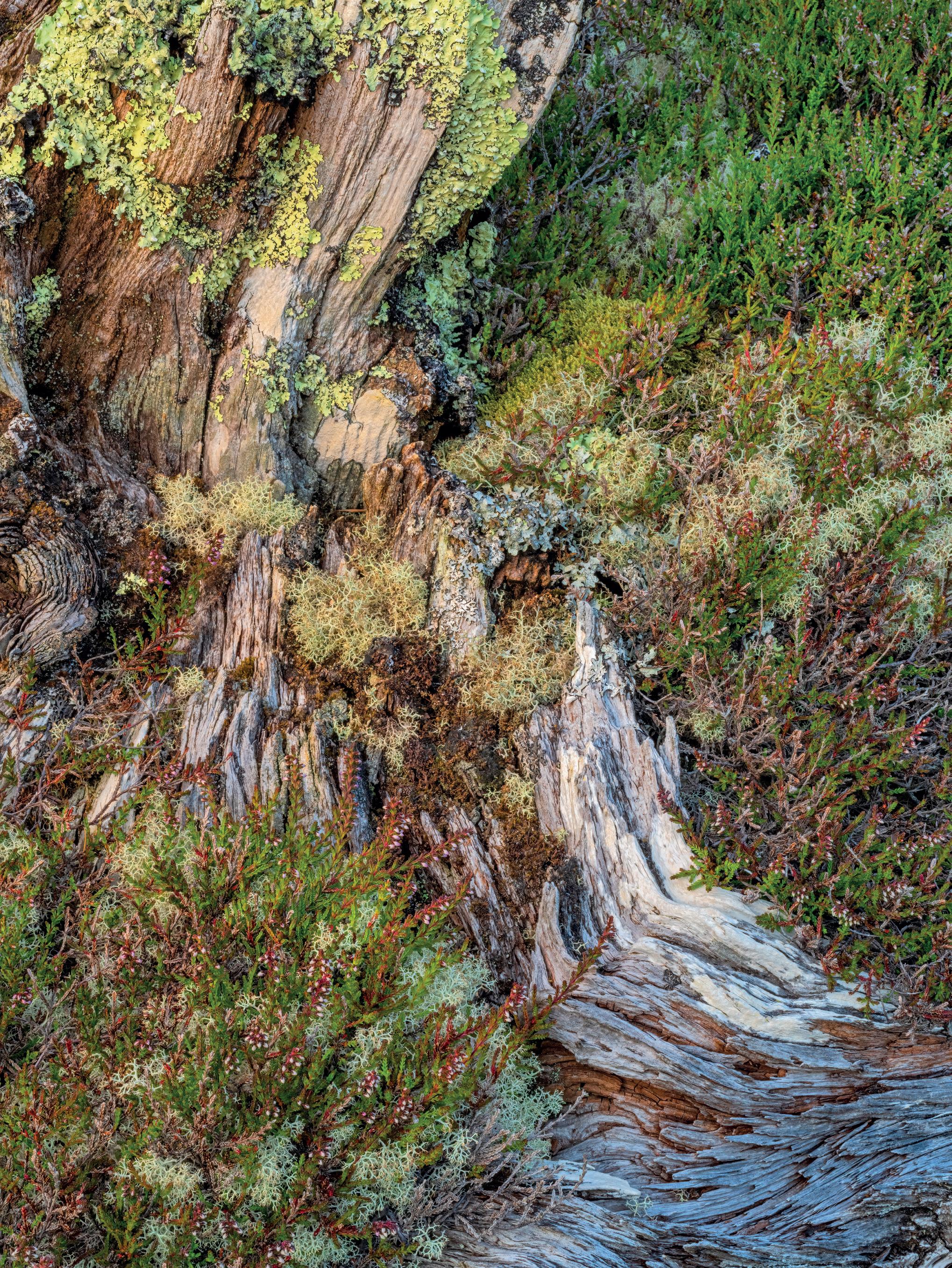Ten Thousand Years Deep




CARSTEN KRIEGER is a photographer, author and environmentalist based on the west coast of Ireland. He has published numerous books on Ireland’s landscape, nature and heritage including Ireland’s Islands, Ireland’s Coast, The River Shannon and Ireland’s Wild Atlantic Way. His book Wild Ireland: A Nature Journey from Shore to Peak was shortlisted for the An Post Irish Book Awards 2023. His most recent book is Ireland’s Wild Beauty: A Book of Days

First published 2025 by The O’Brien Press Ltd, 12 Terenure Road East, Rathgar, Dublin 6, D06 HD27, Ireland.
Tel: +353 1 4923333; Fax: +353 1 4922777
E-mail: books@obrien.ie; Website: obrien.ie
The O’Brien Press is a member of Publishing Ireland.
ISBN: 978-1-78849-486-1
Text & photography © copyright Carsten Krieger 2025
The moral rights of the author have been asserted.
Copyright for typesetting, layout, editing, design © The O’Brien Press Ltd
Design, layout and cover design by Tanya M Ross, www.elementinc.ie
Quote on p7 from Stirring the Mud: On Swamps, Bogs, and Human Imagination by Barbara Hurd (University of Georgia Press, 2008)
All rights reserved. No part of this publication may be reproduced or utilised in any form or by any means, electronic or mechanical, including for text and data mining, training artificial intelligence systems, photocopying, recording or in any information storage and retrieval system, without permission in writing from the publisher.
8 7 6 5 4 3 2 1
29 28 27 26 25
Printed by L&C Printing Group, Poland.
The paper in this book is produced using pulp from managed forests
To the best of our knowledge, this book complies in full with the requirements of the General Product Safety Regulation (GPSR). For further information and help with any safety queries, please contact us at productsafety@obrien.ie.
Published in

Swamps and bogs are places of transition and wild growth, breeding grounds, experimental labs where organisms and ideas have the luxury of being out of the spotlight, where the imagination can mutate and mate, send tendrils into and out of the water.
Barbara Hurd, from Stirring the Mud: On Swamps, Bogs, and Human Imagination

They cover more than one million hectares of Ireland’s land mass. They can be found at the coast and in the mountains. They have helped to shape the country’s history and heritage, and they are the most intriguing habitat there is – for me, at least. They are our peatlands.
I spent my first year in Ireland in an old cottage in the middle of Shragh Bog near Doonbeg in County Clare. This bog is typical for Ireland, partly cultivated for farming and partly used as a domestic fuel source. While it is far from its original state, I couldn’t escape its lure. A few steps out the back door would bring me onto the bog road, a pothole-covered track giving access to the turf banks, running past dark Sitka spruce plantations, along pastures divided by rows of the massive root structures of bog pines, dug out from the numerous turf banks. Here and there, pockets of living and growing bog stood out, a symphony of the vibrant green, red and yellow of sphagnum mosses, dotted with tiny red sundews, green sedges and grey lichen.
In spring and summer, the skylark would sing high above, interrupted from time to time by the call of the cuckoo and the ghostly drumming of the snipe. In April and May, turf sods would appear, laid out neatly to dry on top of the turf banks and beside the road. Later, these sods would be footed into stacks and the common cotton grass, better known as bog cotton, would grow around them, creating a sea of fluffy, snow-white heads bopping in the breeze. In places, heathers, marsh orchids and bog asphodel would thrive, and dragonflies and damselflies would show off their air acrobatics over the pools that had formed beside the turf banks. In late summer, tractors and trailers would turn up to bring home the turf, and in autumn, the rich green of summer would be replaced by a variety of warm brown tones, glowing in the light of the rising and setting sun. Then the bog would turn eerily quiet. Heavy rain would leave the remains of grasses, sedges and heathers covered in a glistening film of water, which would turn into a sparkling frost during the coldest of the winter nights.
Ever since these days, more than twenty years ago, I have tried to learn as much as I can about Ireland’s peatlands; to explore them, and to understand them. This book is the result. I hope you’ll enjoy the journey.

What are peatlands? It sounds like a simple question, but the answer is anything but straightforward. Peatlands are as diverse and complex as they are sublime and enchanting. In summer, they appear in the vibrant green of grasses and sedges, dotted with the white, yellow, red, pink, blue and purple of a plethora of flowering plants. In winter, the same landscape reverts to a collection of warm yellow and brown tones. Their range extends from the tropics to subarctic regions and from sea level into the mountains. Worldwide, peatlands cover an estimated 500 million hectares, or 4% of the planet’s land area. Peatlands can appear as vast plains where grasses, mosses, lichen and other plants blend together to create thick, entangled carpets. They can feature dense thickets of shrub and small woodlands that echo with the sound of birdsong. Pools, ponds and lakes pop up here and there, sometimes surrounded by large reed beds and sometimes treacherously invisible, concealed under a carpet of shimmering sphagnum mosses.
It is this diversity and complexity that makes peatlands so hard to define. These landscapes have been labelled – among other names – as bog, quagmire, marsh, swamp, mire, morass, swale, moss, heath, fen, palsa, flark and lagg. All of these words originated in everyday language, and in recent decades some have been adopted into scientific circles. However, because their meanings have not yet been widely and clearly defined, the same word can mean something different to different people and in different places.
At first sight, it’s hard to distinguish between the different types of peatland. For example, there is no apparent difference between a wet heath and a blanket bog, and a fen can look very much like a raised bog in places. Only a closer look reveals the variations in the habitats’ ecology. To make the situation even more complicated, peatland habitats tend to mingle, so it is difficult if not impossible to say where one ends and the other begins. Some of these habitats also change over time, and what starts out as a fen can slowly transform into a raised bog.
There is, of course, one feature they all have in common: peat. This unmistakable squelchy substance is made of (mostly) plant and (to a lesser extent) animal remains that have accumulated under (more or less) water-saturated conditions. Oxygen availability in water is considerably lower than it is in air, and the little oxygen available in water-logged ground is quickly used up by microorganisms, resulting in a very low oxygen (hypoxic) or even oxygen free (anoxic) environment. These conditions prevent the full decomposition of any natural matter, so instead of being transformed into soil, dead plants and animals remain in limbo, neither fully preserved nor fully decomposed, and build up over decades, centuries and millennia, layer upon layer. The result of this process is peat, a wet concoction that comes in various shades of russet, its consistency dictated by the plants and animals that compose it. Anything that falls onto the surface or forms part of the top layer of vegetation – leaves, flowers, stems, roots and rhizomes, mosses, lichen, any unfortunate insect, bird or other animal or indeed human – is partially recycled and partially preserved in the growing layers of peat.
Peat has been described and classified in many ways. One is based on its content: sphagnum peat, sedge peat, brown moss peat, woody peat (when
small, humified pieces of wood make up more than half of the solid content), lignid peat (when large pieces of tree wood are embedded in the peat) and nano lignid peat (when remains of shrubs are visible in the peat). Another method looks at the decomposition stage and differentiates between fibric or white peat (the top and least decomposed layer, where plant fibres are still clearly visible), hemic or grey peat (the partially humified middle layer) and sapric or black peat (the fully humified bottom layer). The latter is recognised as the most valuable peat for heating and cooking, renowned for its hot flame and long burning time. Before peat inspired any scientific interest, it was only classified by its value as a fuel. In his 17th-century book
A Natural History of Ireland, physician Gerard Boate described two sorts: ‘That which is taken out of the dry-bogs, or red-bogs, is light, spungy, of a reddish colour, kindleth easily, and burneth very clear, but doth not last. The other on the contrary, which is raised out of the green-bogs or wet bogs, is heavy, firm, black, doth not burn soon, nor with so great a flame, but lasteth a long while, and maketh a very hot fire, and leaveth foul yellowish ashes.’
